The Fashion Industry’s Reckoning
The fashion industry, long criticized for its environmental footprint, is facing unprecedented scrutiny. With textile production accounting for 10% of global carbon emissions and millions of tons of clothing ending up in landfills each year, the call for change has grown too loud to ignore.
But this reckoning has sparked something powerful: innovation. Sustainability is no longer relegated to niche eco-labels or "basics with a conscience." It’s being embraced at the highest levels of fashion, from couture ateliers to red-carpet runways. The result? A new kind of luxury—one that’s defined by responsibility, transparency, and long-term beauty.
Eco Is the New Status Symbol
Sustainability has become aspirational. In 2025, fashion-forward consumers are more likely to ask where something was made and how, rather than just by whom. Conscious consumerism is no longer an alternative—it’s the norm.
Celebrities and influencers are leading the charge, donning upcycled gowns on the Met Gala steps and championing designers who prioritize ethics over exploitation. When Emma Watson wore a Calvin Klein dress made from recycled plastic bottles to the 2016 Met Gala, it was groundbreaking. Today, it's expected.
Brands have caught on. Labels like Stella McCartney, Gabriela Hearst, and Mara Hoffman are proving that sustainable fashion can be luxurious, innovative, and unapologetically chic. High fashion’s green evolution is shedding its "granola" past and stepping confidently into the future.
Reinventing the Runway
Fashion weeks across the globe are reimagining their formats, with digital shows reducing travel emissions and virtual fashion presentations becoming more immersive and inclusive. Carbon offsets, zero-waste policies, and plant-based dyes are no longer optional—they’re part of the new glamour playbook.
Designers are experimenting with biodegradable fabrics, lab-grown leather, and natural dye techniques. Bottega Veneta’s recent collection featured garments made from mushroom leather and sustainably harvested cotton. Meanwhile, smaller brands are pioneering circular design, creating clothing meant to be disassembled and repurposed at the end of its life cycle.
Vintage, Rental & Resale: The Luxe Loop
Circular fashion has redefined how we view ownership. The once-taboo idea of wearing pre-owned or rented clothing is now celebrated. Platforms like The RealReal, Vestiaire Collective, and Rent the Runway have turned resale into a billion-dollar industry—and a badge of style-savvy sophistication.
Vintage fashion, once a niche collector’s hobby, is now a runway influence. Fashion houses are pulling from their own archives, reissuing classic pieces with modern sustainability standards in mind. Shoppers, in turn, are finding prestige not in owning the newest item, but in curating timeless pieces with a story.
Transparency is the New Black
In a world of greenwashing and fast-fashion marketing spin, the brands that stand out are those that share their journey openly. From blockchain tracking to open-source supply chains, transparency has become a cornerstone of trust—and glamour.
Shoppers want to know: Was this made under fair labor conditions? Is the fabric organic, regenerative, or recycled? How long will it last? Today’s luxury is measured not just by quality and design, but by accountability.
The Future Is Slow—and Stunning
Green glamour isn’t about perfection. It’s about progress, intention, and designing with the future in mind. It’s about slowing down in a culture obsessed with speed, and finding value in craftsmanship over consumption.
As fashion moves toward a cleaner future, one thing is clear: sustainability is not a trend—it’s a transformation. And in the process, it's redefining what it means to be truly glamorous.



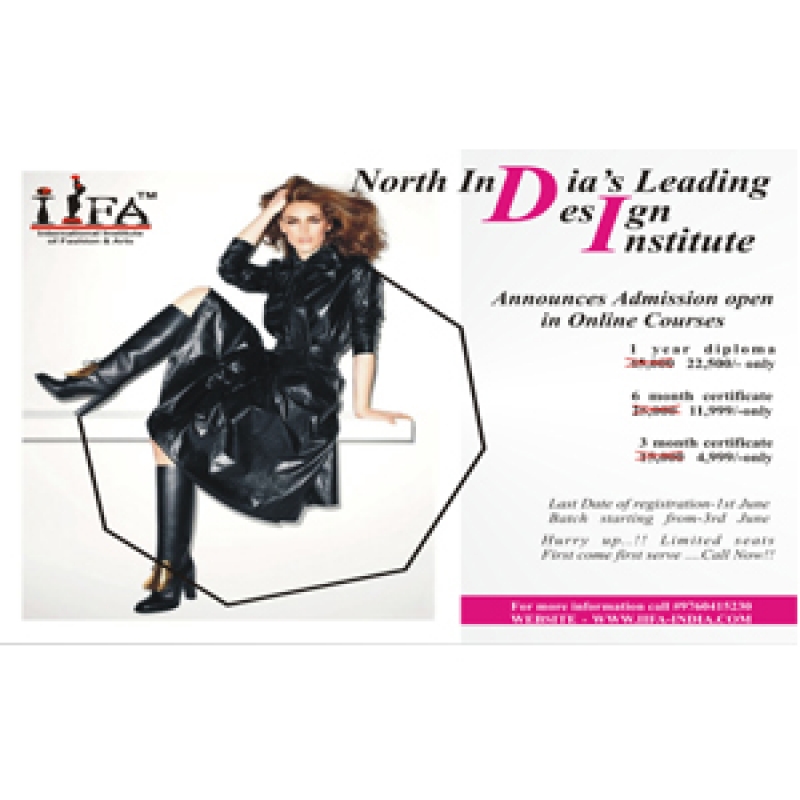


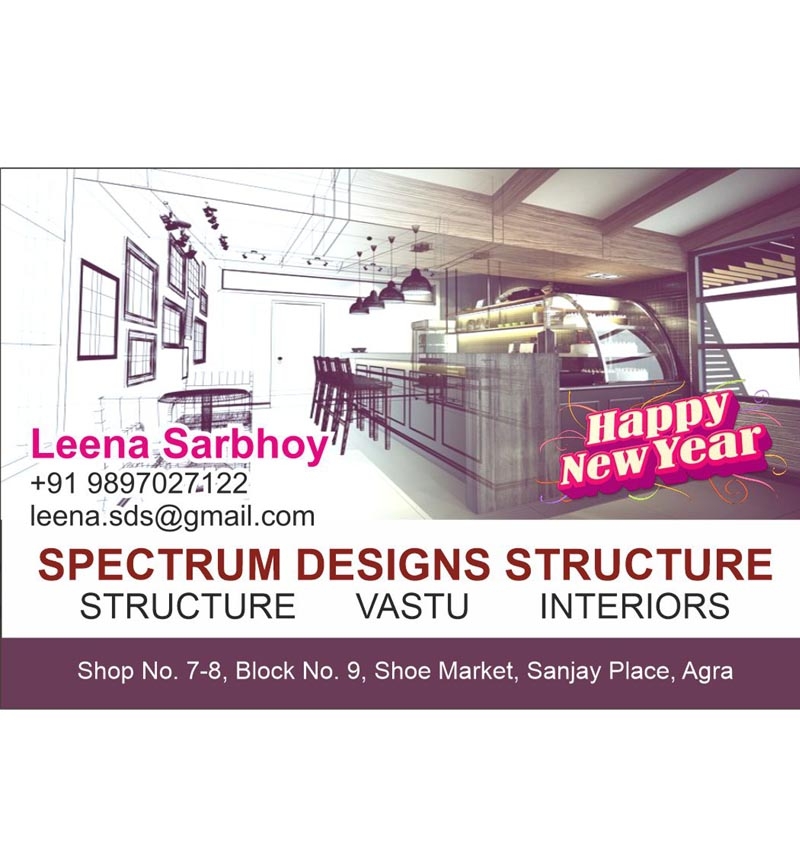


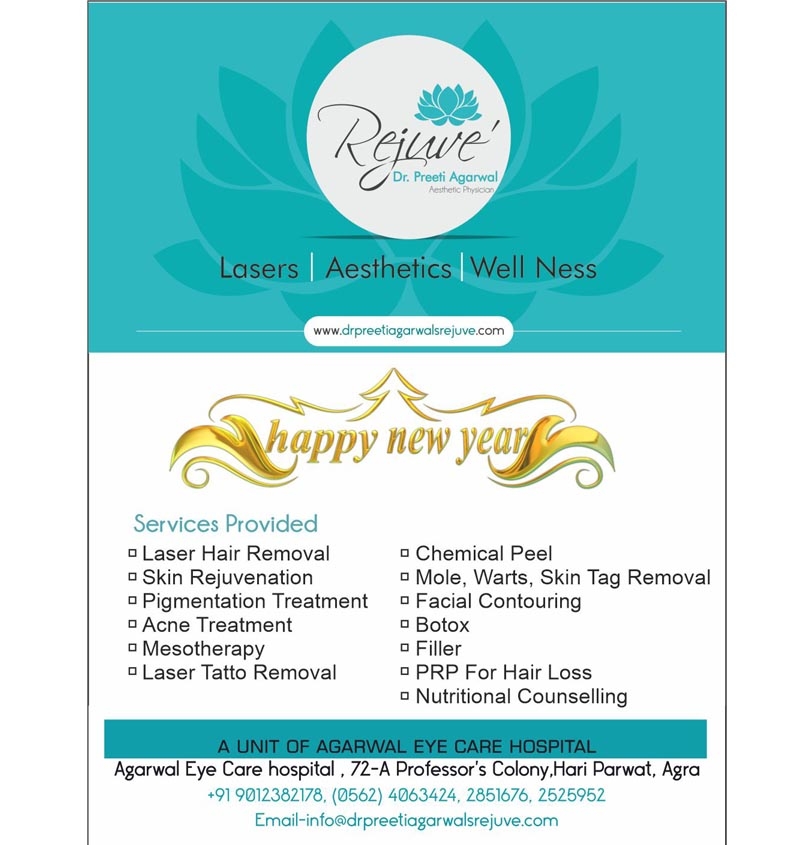

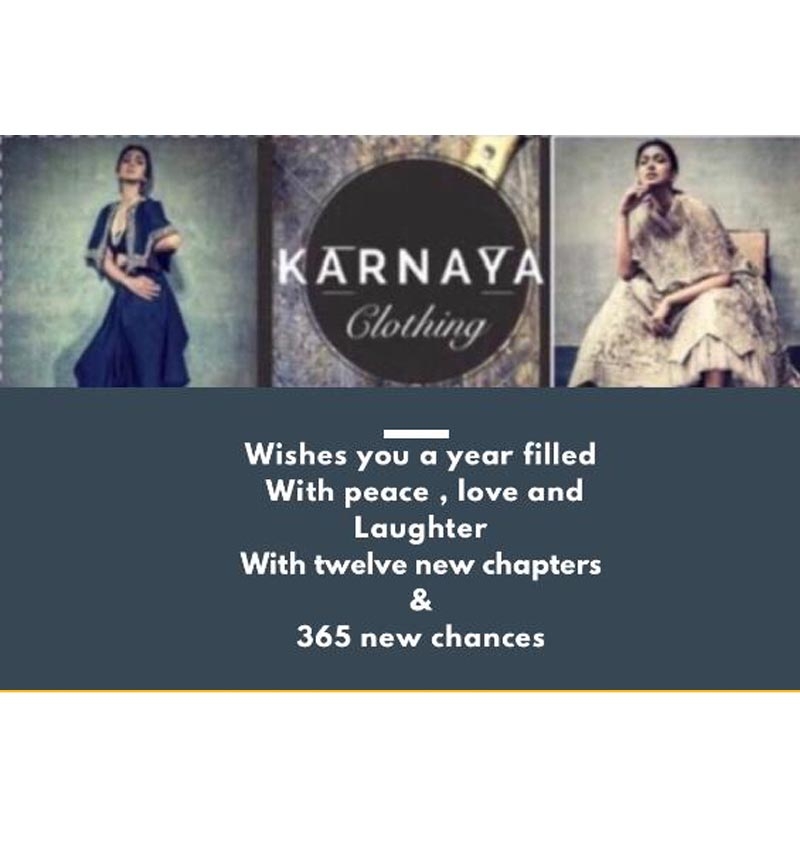



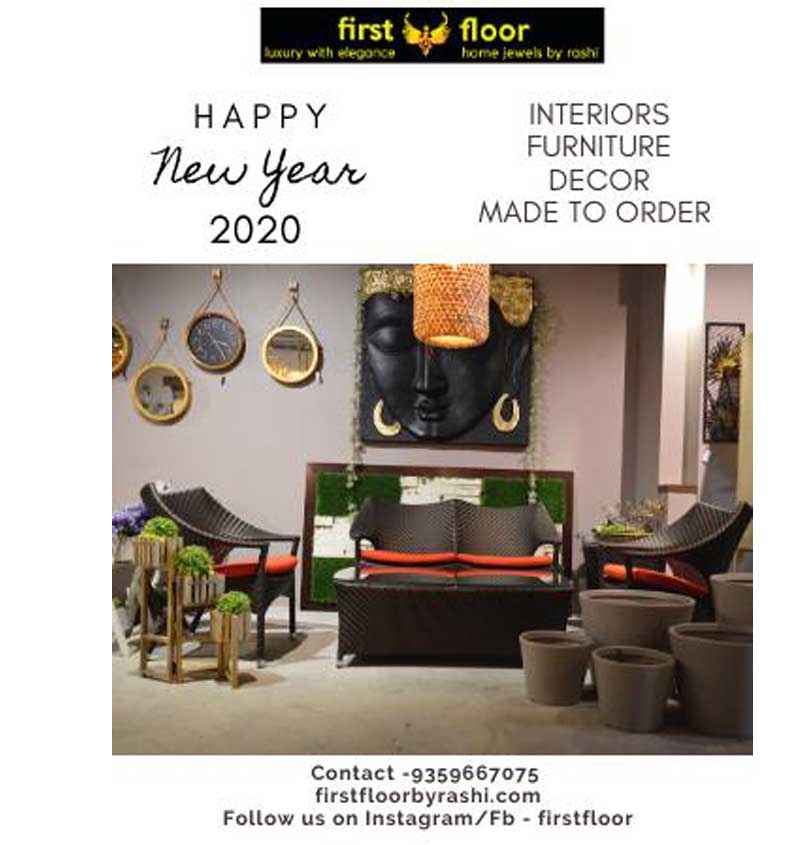



Your Message